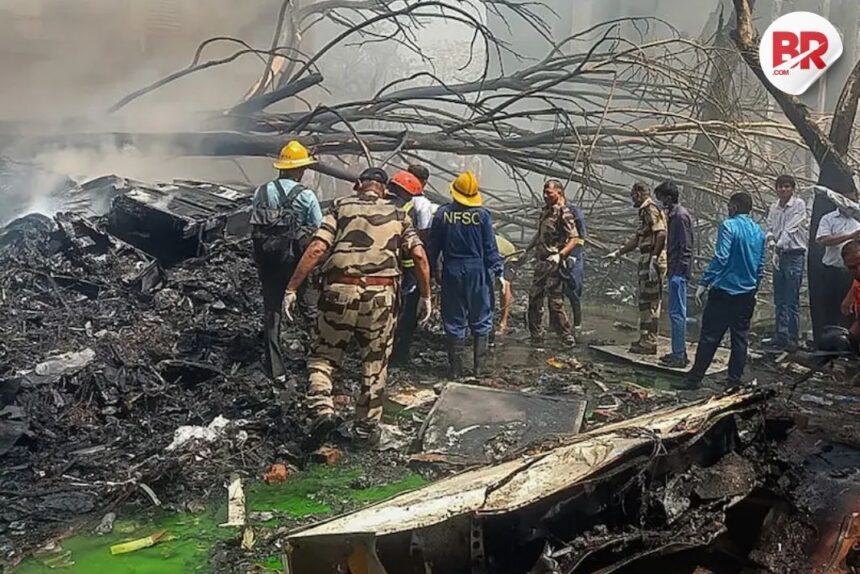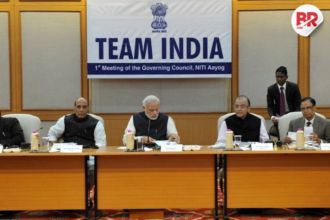
The Ahmedabad Crash on June 12 has shocked the nation. Air India flight AI 171, a Boeing 787-8 Dreamliner, fell near Sardar Vallabhbhai Patel International Airport in Ahmedabad just moments after takeoff. At least 274 people died in this tragedy — 241 on board and 33 on the ground.
This incident brings back painful memories of Emperor Ashoka, Air India flight AI 855, which crashed in 1978 near Mumbai. The two disasters are more than just accidents — their stories show strange and alarming similarities.

The 1978 Emperor Ashoka Crash
On New Year’s Day 1978, Air India flight 855, called Emperor Ashoka, fell into the Arabian Sea just 3 km off Mumbai. All 213 people on board died in the tragedy.
The main cause was a faulty Attitude Director Indicator — a key flight instrument. The captain followed incorrect signals and turned the aircraft in the wrong direction. The plane fell into the sea less than two minutes after takeoff.
Also Read ‘Safest Seat To Sit On A Plane Is’… Explained by Aviation Expert after Air India Crash
Why Ahmedabad Crash Shows Eerie Parallels
Just like in 1978, the Ahmedabad Crash happened immediately after takeoff. The aircraft remained close to the airport and fell without climbing safely into the sky.
A veteran Air India pilot, Captain Rakesh Rai, explained to NDTV, “The undercarriage was not retracted at all. That’s a huge hint something went awry very soon after takeoff.”
This observation underscores the confusion and trouble the crew may have faced in the first minutes of the flight — much like the 1978 incident.
Also Read AI-171 Crash: Unretracted Landing Gear, Engine Failure? Veteran Pilot Speaks Out
An Unresolved Mystery
Captain Rai raised questions about why the landing gear remained down and whether something went wrong in the aircraft’s controls or instruments. The black box, which contains all flight data, will be key to solving this puzzle.
Meanwhile, the tragedy highlights the importance of proper maintenance, training, and crisis management in the cockpit.
The Ahmedabad Crash is a painful reminder of a past tragedy. The Emperor Ashoka incident, nearly 47 years earlier, underscores how human and technical factors can align to create a perfect storm.
As Air India’s investigators piece together the black box data, many hope this tragedy will lead to greater vigilance and tighter safety measures.
Also Read “If I Give Up Now, I Might Never Recover’” — A Brother’s Search After Air India Crash












